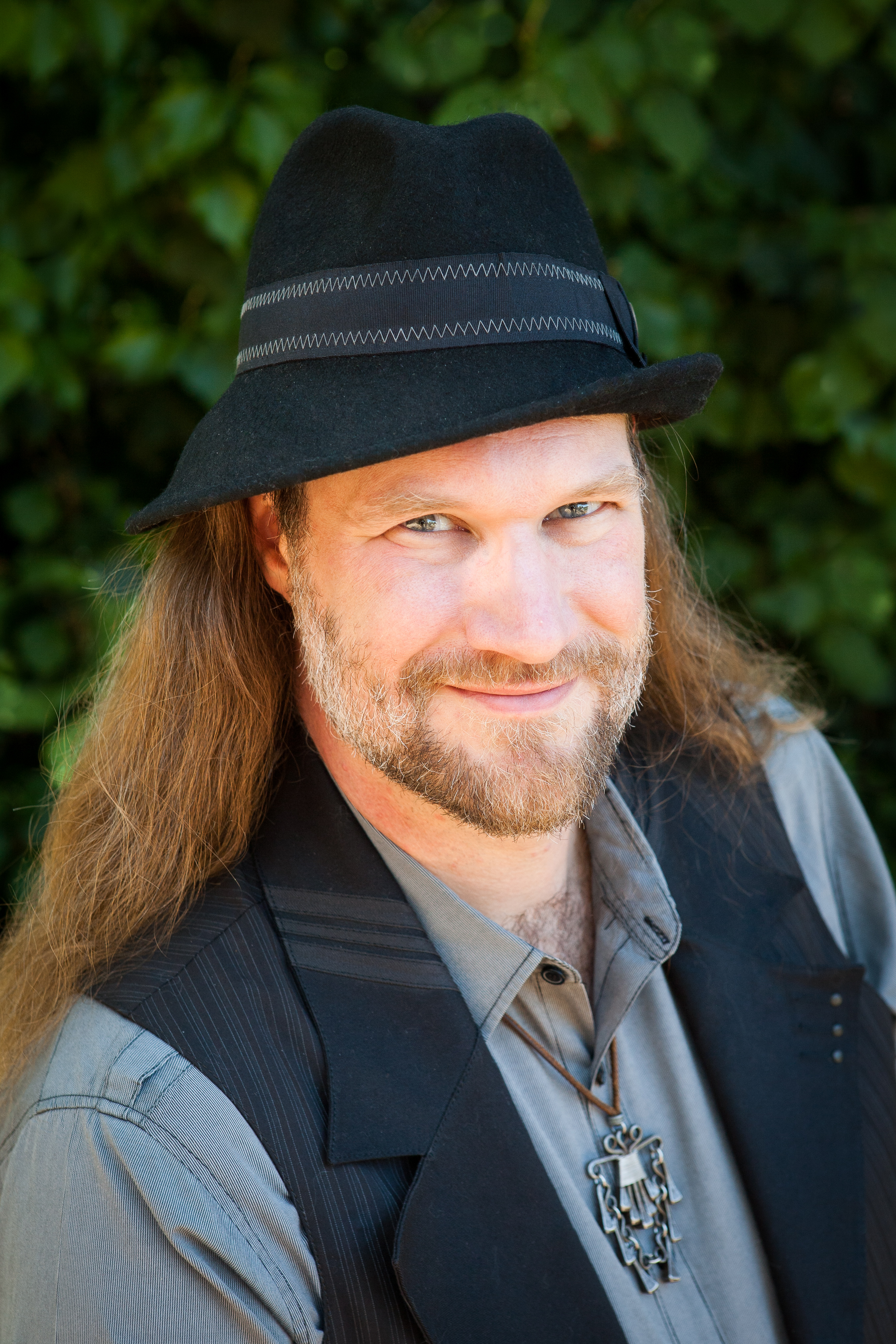Back in June of 2016 I was very honored to be invited to present as part of the NASA Ames Summer Series. Each summer, the Office of the Chief Scientist at NASA Ames produces a lecture platform with leaders whose high achievements generate innovative discussion, as well as inspire and catalyze scientific progress. This year, the Summer Series consisted of 18 seminars by lecturers from NASA Ames Research Center, external NASA staff, as well as renowned colleagues who lectured on topics that span across multiple advanced subject areas including space technology and space exploration. It was an honor to be included in the lecture series!
Abstract:
Exploration and Innovation both require bold leaps into the unknown, beyond the boundaries of current knowledge and experience. Exploring the unknown frontiers of space requires resilient and adaptable robots capable of surviving the unexpected, qualities which humans excel at. Moving beyond the traditional designs for rigidly constructed fragile robots, Vytas draws inspiration from the flexible tensile network of muscle and tendons of our bodies to develop a new class of “Dynamic Tensegrity Robots.” His current project, SUPERball, is intended to survive high-speed landings without an airbag, and thus enable exploration of treacherous terrains where slipping and falling is an unavoidable possibility. These new robots break the rules of traditional robotics engineering, requiring innovation at all levels of mechanical design, actuation, sensing, and control strategies. Modern neuroscience provides insights into how decentralized rhythmic controllers can enable self-organizing control strategies for this new class of biologically inspired robot and provides insight into our core human qualities of thought, motion, inspiration, and our essential ability to see connections between people and ideas which is at the heart of innovation.
Biography:
Vytas SunSpiral is an entrepreneurial researcher moving fluidly between leading startups and building research labs to explore cutting edge robotic and AI technologies. He is a Fellow of the NASA Innovative Advanced Concepts (NIAC) program,, and currently leads the Dynamic Tensegrity Robotics Lab (DTRL) within the Intelligent Robotics Group at NASA Ames Research Center. His research spans a multi-disciplinary fusion of robotics, physiology, AI, mechatronics, and neuroscience, with the goal of understanding human intelligence via the foundational role that motion plays in our evolution. This quest led to a fundamental new approach to robotics that has the potential to reinvent how we explore the solar system. He is an author of ~50 journal and conference articles and was a contributing author of the 2013 Roadmap for US Robotics. Over the last 20 years he has also been the Founder, CTO, and Advisor to multiple startups, including Mobot, which sold the worlds first commercially available autonomous tour guide robots. Vytas holds a Masters in Computer Science and a BA in Symbolic Systems from Stanford University.




you just blew my mind. Amazing explanation of localized, “dumb” control accomplishing complex tasks. This concept of simple inputs netting complex outputs reminds me of Wolfram’s cellular automaton. I’m not a CS guy, but it has me wondering if cellular automaton could be a computational analog to the (simple input) = (complex output) biological & tensegrity motion systems.
you just blew my mind. Learning that local & dumb control can result in very complex motion behavior is amazing. I’m not a computer science guy, but this physical concept seems like it mirrors the concept of cellular automaton (CA) as proposed by Wolfram. CA also allows complex outputs from relatively simple input rules.
thanks for getting me thinking!